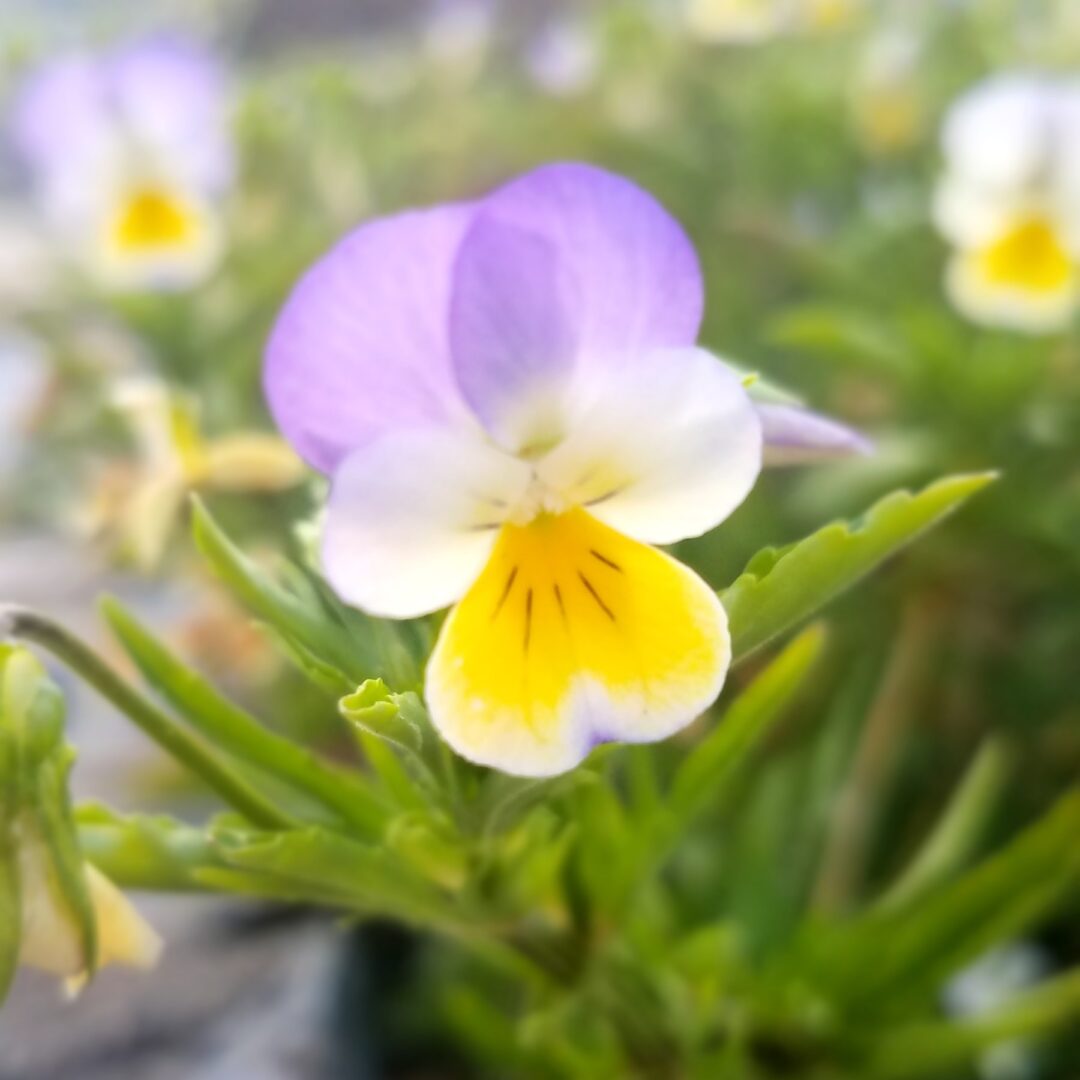Awaken to Literary Connections
Annie Nardone
Book recommendations for current and classics books that offer connections between authors.
It is a good rule, after reading a new book, never to allow yourself another new one till you have read an old one in between.
— C.S. Lewis, On the Reading of Old Books
My personal library fills the walls and floors of our home with an odd and eclectic collection of books, old magazines dating back to the 1920s through the 1950s, and piles of classics. I have been collecting books since I was very young; in fact, I still have all of my childhood books that became a part of story time with my own kids. What we’ve noticed through time is that the old books are still the best with their rich words, gentle rhyme schemes, and winsome illustrations. One must only look up the extensive collection of Margaret Wise Brown children’s stories to understand the comfort of a well-written book.
But let us not sit in the past and wish that all reading would be from yellowed pages and old tomes. Honestly, current fiction and non-fiction feature stellar works. Time has allowed the best of the old writing to endure, but discovering great books among the recently published is a challenge! A quality to seek out in good writing is if it connects you to the ‘now and back then.’ Does the book capture your mind and motivate you to dig deeper into the theme, author, timeline, or subject? Does the book inspire you to pick up another book because of connection? What a true delight it is to find an author who writes beautifully and quotes other texts from long ago. A good piece of literature speaks across time and theme.
In this issue, our selections of resources and recommendations weave together like a tapestry, with one book leading to another. Andrew Peterson, author of Adorning the Dark, tells his readers to set his book down and read Madeleine L’Engle’s Walking on Water before you finish his book! It is sage advice, with both books working together to awaken us to the pleasures of writing with joyful purpose.
[insert: In reading we must become creators. Once the child has learned to read alone and can pick up a book without illustrations, he must become a creator, imagining the setting of the story, visualizing the characters, seeing facial expressions, hearing the inflection of voices. The author and the reader “know” each other, they meet on the bridge of words.
Madeleine L’Engle, Walking on Water]
Most of the recommendations in this issue of Cultivating are books which make literary connections to other books. A good poem can gently encourage us to read slowly and meditatively. Just in time for this holy season, Malcolm Guite’s newest book David’s Crown-Sounding the Psalms presents the Psalms as a sequence of short poems, responding to each of the original 150 Psalms in The Psalter (tr. Miles Coverdale) and makes for a perfect companion read. The Psalter was first published in 1535 and used in the 1662 Book of Common Prayer. In T.S. Eliot’s Four Quartets, he uses words from Julian of Norwich, closing his final poem “Little Gidding” with “And all shall be well and / All manner of thing shall be well.” Add poetry to your spring reading stack to cultivate a deep love of literature.
My selections for family stories resonate with our theme, encouraging us to awaken with the eyes of childlike imagination. Perhaps you are familiar with The Little Prince by Antoine de Saint – Exupéry, written in 1943. I do hope you find a copy to read for the first or tenth time. The prose is simple and magical — a perfect read aloud. My other suggested children’s book is Swallows and Amazons by English author Arthur Ransome, set between WWI and WWII in England. These sweet tales have stood the test of time because the themes are enduring: we love to remember our days as imaginative children who dream of other worlds and fantastic adventures.
The more you read, the more literary connections you will find. We are pleased to suggest adding several of the following books to your current springtime ‘need to read’ stack! All are available from your favorite bookshop or online. And don’t miss the additional Cultivating article, “Fresh Views,” which contains links to author interviews, books, musical artists, and inspiring ideas for spring! It’s time to open the windows and soak in the fresh, spring air and sunshine with creativity and imagination!
Turning of Days – Lessons from Nature, Season, and Spirit by Hannah Anderson. Essays to inspire you to see our Creator God in nature.
Charitable Writing – Cultivating Virtue Through Our Words by Richard Hughes Gibson and James Edward Beitler III. How to see writing as an act of discipleship.
Art + Faith: A Theology of Making by Makoto Fujimura. In referencing Japanese Kintsugi, T.S. Eliot, and other artists, Makoto helps us to understand our creating and the depth of God’s grace.
Discovering God Through the Arts by Terry Glaspey. The importance of the arts in the Christian life.
Open and Unafraid by David O. Taylor. Reading the Psalms as a resource for life.
Sensing God: Experiencing the Divine in Nature, Food, Music, and Beauty by Joel Clarkson. Meeting God in the simple holiness of living.
Every Moment Holy, Volume 2: Death, Grief, & Hope by Douglas Kaine McKelvey and Ned Bustard. Liturgies for seasons of grief that comfort and guide to sacred purpose and hope.
Tolkien’s Modern Reading by Holly Ordway. Thorough look at the broad range of contemporary works that Tolkien read and referred to as he created Middle-earth.
Inheriting Paradise – Meditations on Gardening by Vigen Guroian. Lovely reflections on the spirituality of gardening.
Telling a Better Story – How to Talk About God in a Skeptical Age by Joshua D. Chatraw. An inside-out apologetics approach that acknowledges our late-modern era using story to engage the culture.
On Reading Well – Finding the Good Life through Great Books by Karen Swallow Prior. Cultivating virtue, like patience, diligence, and prudence, through reading classic literature.
David’s Crown – Sounding the Psalms by Malcolm Guite. A corona of 150 poems written in response to the Bible’s 150 psalms.
The Psalter, or the Psalms of David translated by Miles Coverdale in A.D. 1535 that is used in the Book of Common Prayer.
Four Quartets by T.S. Eliot. Four linked poems which are meditations on time, memories, and reaching out for the divine.
Revelations of Divine Love by Julian of Norwich. Prayers as a devotional written by Julian, 14th-century anchoress.
The Myth Made Fact by Louis Markos. An exploration of Greek and Roman myth as testimony for truth, goodness, and beauty.
Adorning the Dark by Andrew Peterson. Explores the writing life as vocation and how we may imitate the way God the Creator interacts with us.
Walking on Water by Madeleine L’Engle. Addresses the question of what it means to be a Christian artist and the intersection of faith and art.
The Little Prince by Antoine de Saint-Exupery. The classic story of a little prince who visits different planets with the themes of friendship, loss, and love. Translated into 301 languages.
Swallows and Amazons by Arthur Ransome. Book 1 of 12. Enduring and classic tales of childhood friendship, imagination, and adventure.


